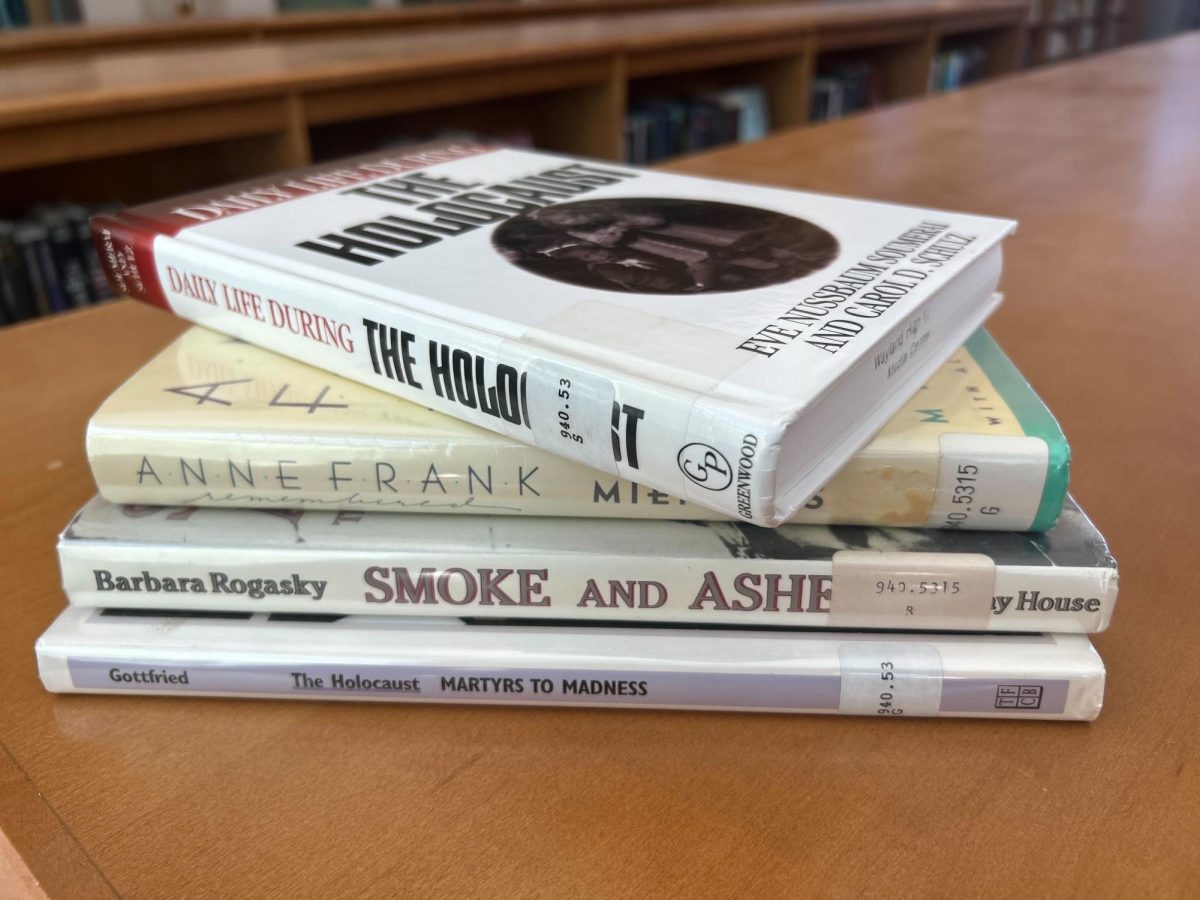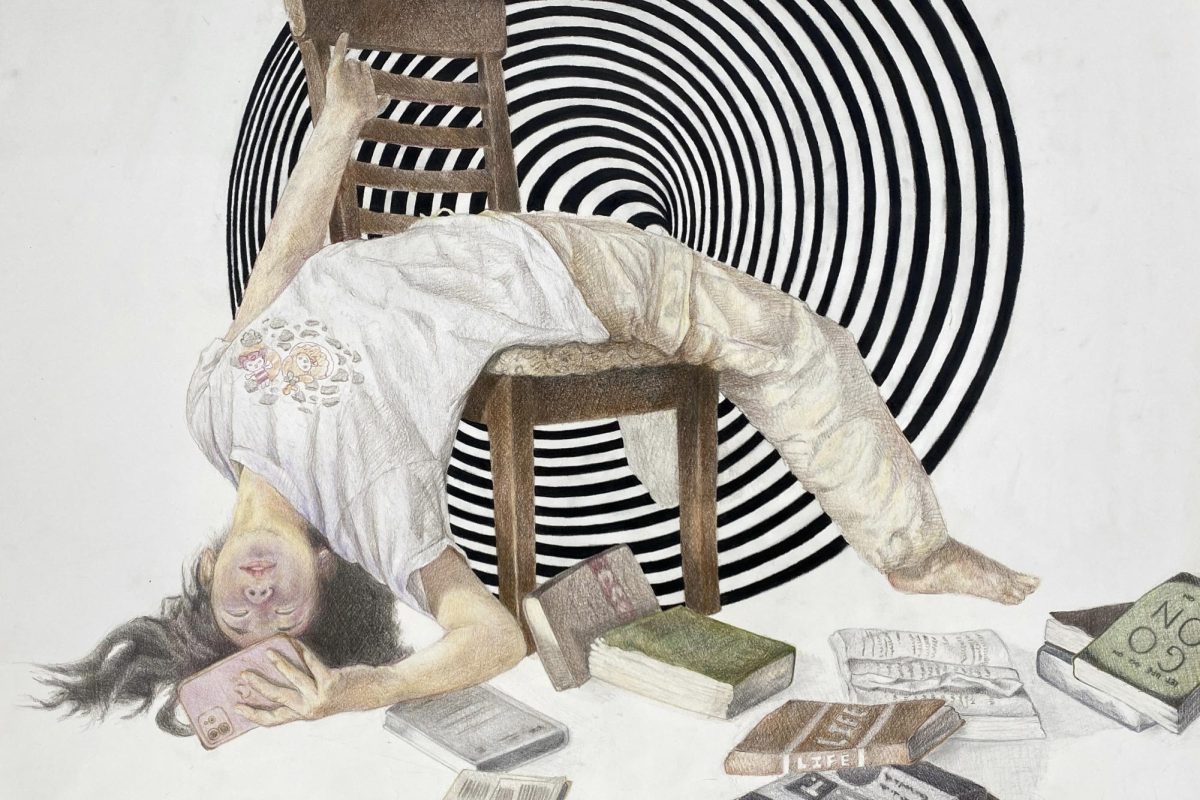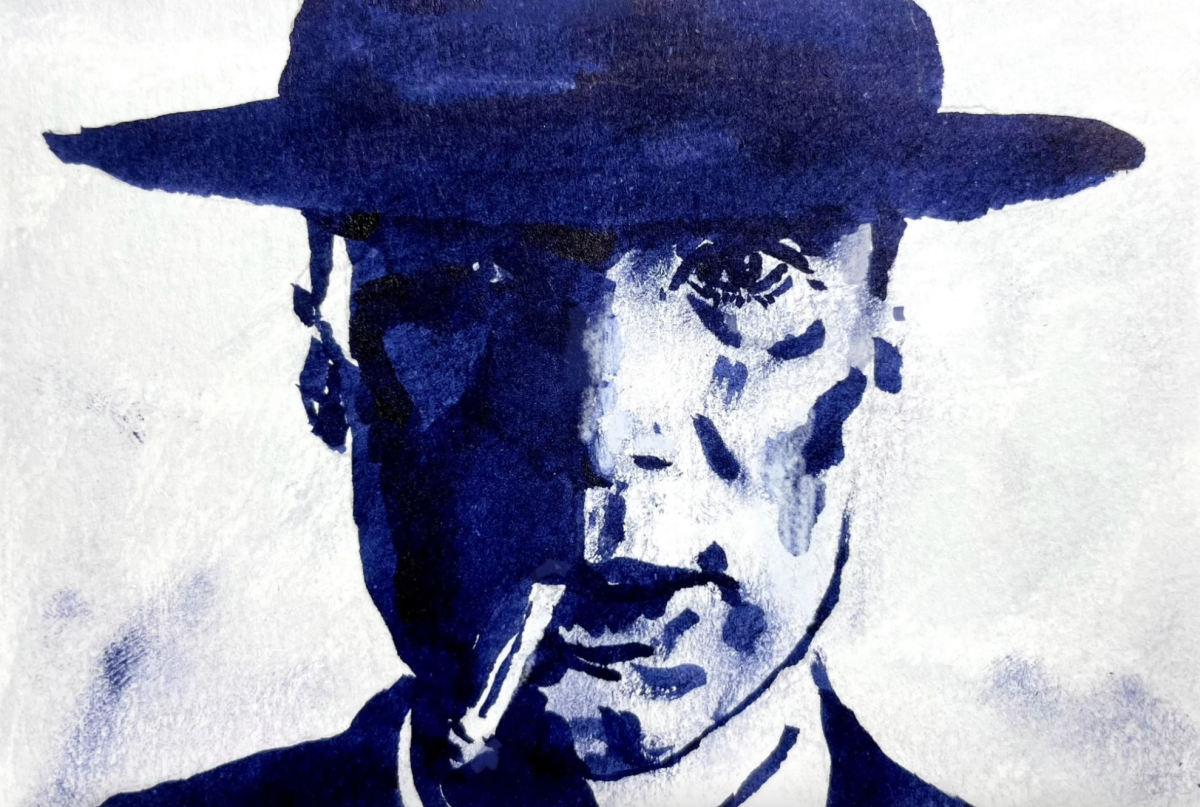Warning: The following article contains spoilers for “Oppenheimer.”
When news of the film “Oppenheimer” dominated the internet weeks before its release, many were waiting with anticipation to see “Death, the destroyer of worlds.” The movie, directed by the renowned Christopher Nolan, was released in theaters on July 21, and the premature praise was mostly worth it.
The three-hour film is based on the 2005 autobiography, “American Prometheus: The Triumph and Tragedy of J. Robert Oppenheimer” by Kai Bird and Martin J. Sherwin. The movie follows Oppenheimer, played by an intense Cillian Murphy, a theoretical physicist who invented the atomic bomb. The film captures his time as a student at the University of Cambridge and continues to the later years of his life, where he grapples with the true effects of his invention.
When it came to making a cinematic masterpiece, Nolan didn’t leave anything out. From filming in 65mm and alternating between colored and black-and-white scenes, the film certainly has a level of grandeur seen only in Nolan’s movies. Between the cinematography choices of the director and the emotional depth of the characters, psychologically, the movie is a sensation, just like so many of Nolan’s other films.
There are three main sections of Oppenheimer’s life that the movie focuses on. His time as a faculty member at University of California Berkeley, his work at Los Alamos and Oppenheimer’s hearing with US government officials based on his ties to the Communist Party.
When it came to Oppenheimer’s feelings of guilt, Nolan kept things abstract. We know Oppenheimer feels guilty about the weapon he has introduced, but we never really get inside of his head. The anguished looks on Murphy’s face never materialize into spoken thoughts or conversations with loved ones. While in some films this would be effective, in this biopic movie, I needed a bit more information.
In the third part of the film, black-and-white scenes come into play. While scenes with color are told from Oppenheimer’s perspective, scenes in black-and-white are told from Lewis Stauss’ perspective, the antagonist of Oppenheimer’s career played by Robert Downey Jr.. This artistic choice from Nolan was pretty genius and contributed to the emotional depth of the film. Based on the build-up of their rivalry throughout the movie up to the final moments, the plot is basically a tragic feud between the two men, which surprised me and made me wish for more information.
However, the biggest thing that bothered me was the portrayal of women in this film. Jean Tadlock, Oppenheimer’s first ‘love interest’ in the movie is oversexualized, and portrayed as crazy and desperate for Oppenheimer’s love. Other, more interesting facts about her, like how she was a psychiatrist with a degree from Stanford, are overlooked. The same can be said about Oppenheimer’s wife Katherine “Kitty” Puening. She is an intelligent biologist who is solely portrayed as an alcoholic. None of this is surprising. After all, Nolan’s movies are never about women. However, I was disappointed that such key figures of Oppenheimer’s life weren’t given the thoroughness they deserved in the lengthy film.
People my age aren’t familiar with the effects of World War II. Obviously, we weren’t there when it happened, but we also never saw the fall of the Soviet Union, the happenings of the Cold War or the fall of the Berlin Wall. You won’t get much information about World War II from this film. Instead, you’ll get a much more intimate story about the main character’s complex feelings.
Walking out of the movie theater, I was juggling feelings of wonder, awe and curiosity, as well as confusion about scenes that Nolan decided to vaguely show instead of tell. However, the quality of the film and acting was superb overall. I’d rate this movie a 8/10.





![Last Wednesday, the Wayland School Committee gathered to discuss a number of topics regarding the health curriculum and Innovation Career Pathway course. Another large topic of conversation was the ways to potentially mitigate distracting cell phone usage. "These [phones] are going to distract your learning and social relationships," Superintendent David Fleishman said. "That's concrete right there."](https://waylandstudentpress.com/wp-content/uploads/2025/06/Screenshot-2025-06-04-at-9.49.31 PM-1200x886.png)



























